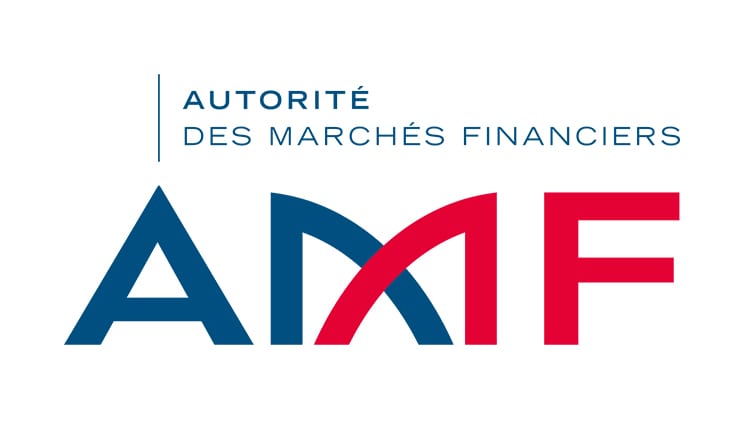Market depth, transaction cost, order lifespan, order-to-trade ratio: the Autorité des marchés financiers (AMF) informed that it has reviewed the initial effects of the European harmonised tick size regime resulting from the new MiFID II framework for markets in financial instruments. This very first reading indicates an overall improvement in market quality.
European legislators introduced a new harmonized tick size regime with MiFID II. This is aimed at ending the race towards ever-smaller tick sizes that trading platforms in Europe have been engaged in, so as to gain market share, since November 2007 (when the first Markets in Financial Instruments Directive – MiFID – came into force). Defined by the European Securities and Markets Authority (ESMA), this new regime has been in place since 3 January 2018 for equities and similar instruments, such as ETFs. The AMF, wishing to evaluate the effects of MiFID II on markets, has conducted an initial analysis of the effects of this tick size regime on just over 500 shares (including CAC40 stocks, other securities with a capitalisation above or close to €1bn, and small and mid caps).
The tick size is the minimum gap allowed between two directly consecutive prices on the market. If, for example, the size is set at 5 euro cents, this means that, after a quote at €10 say, the first possible bid is €10.05. Generally speaking, an increment that is too small leads to insignificant and incessant price improvements, resulting in an increase in noise in the order book and a deterioration of price formation mechanisms. Conversely, an overly high increment could lead to reduced liquidity. In order to avoid these dangers, ESMA has defined tick sizes according to the profile of each security (number of transactions per day) and their price.
Regarding the most liquid securities on the French market, the new tick size regime increased sizes for 74% of the securities concerned, with no change for the remaining 26%. For the smallest caps, the regime increased the tick size for 21% of instruments, left it unchanged for 64%, and reduced it for the remaining 15%.
This initial analysis, which requires further work over a longer period, made it possible to observe the following first effects:
For all the securities for which the tick size increased, the new regime led to:
- Greater depth (number of securities available at best limit);
- A slight increase in the cost of small transactions on the most liquid securities (evaluated at 70 euro cents for a €10,000 CAC 40 transaction) but an unchanged cost for large transactions or those on small and mid caps;
- An extended median lifespan for orders (+43% for the CAC 40), which reflects increased stability of the order book;
- An increase in the average size of transactions;
- Less noise in the order book (a 44% drop in updates of best bid prices on the CAC 40).
For small and mid-caps, implementing an appropriate tick size regime – compared to the constant tick size of 1 euro cent applied previously – resulted in a more dynamic order book and, above all, a sharp increase in activity.
These first results seem to show the virtuous effects of the new tick size regime. However, the study presents average magnitudes by group of securities and covers a period of very low volatility, so the results should be considered with caution in this context; a more in-depth analysis over a longer period may highlight the full effects of the new tick size regime.
